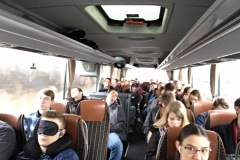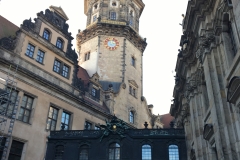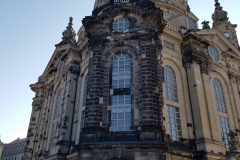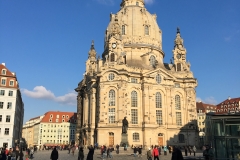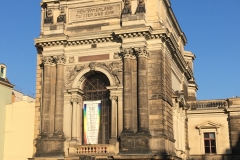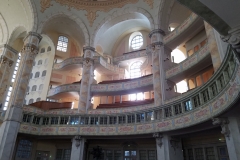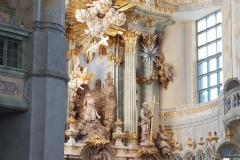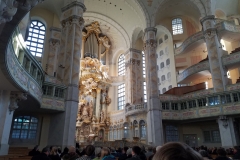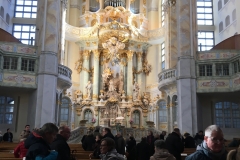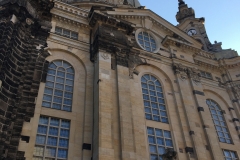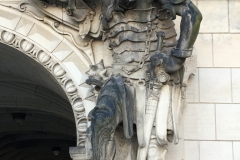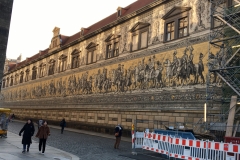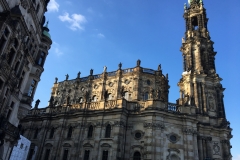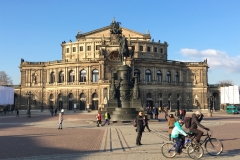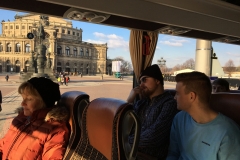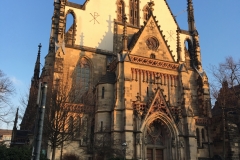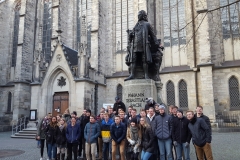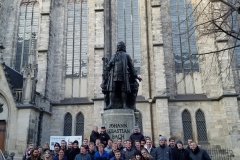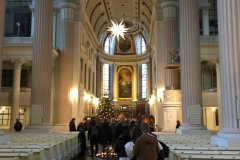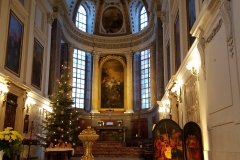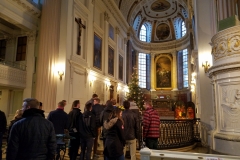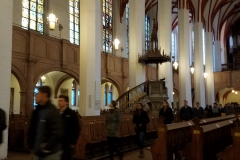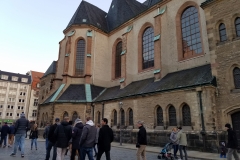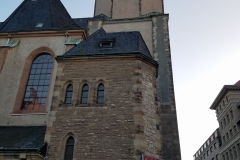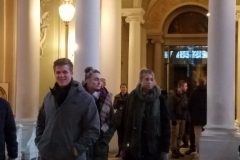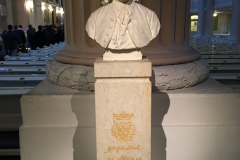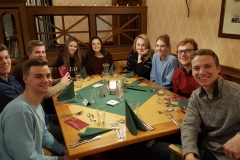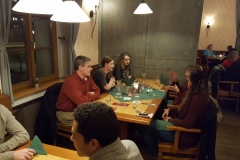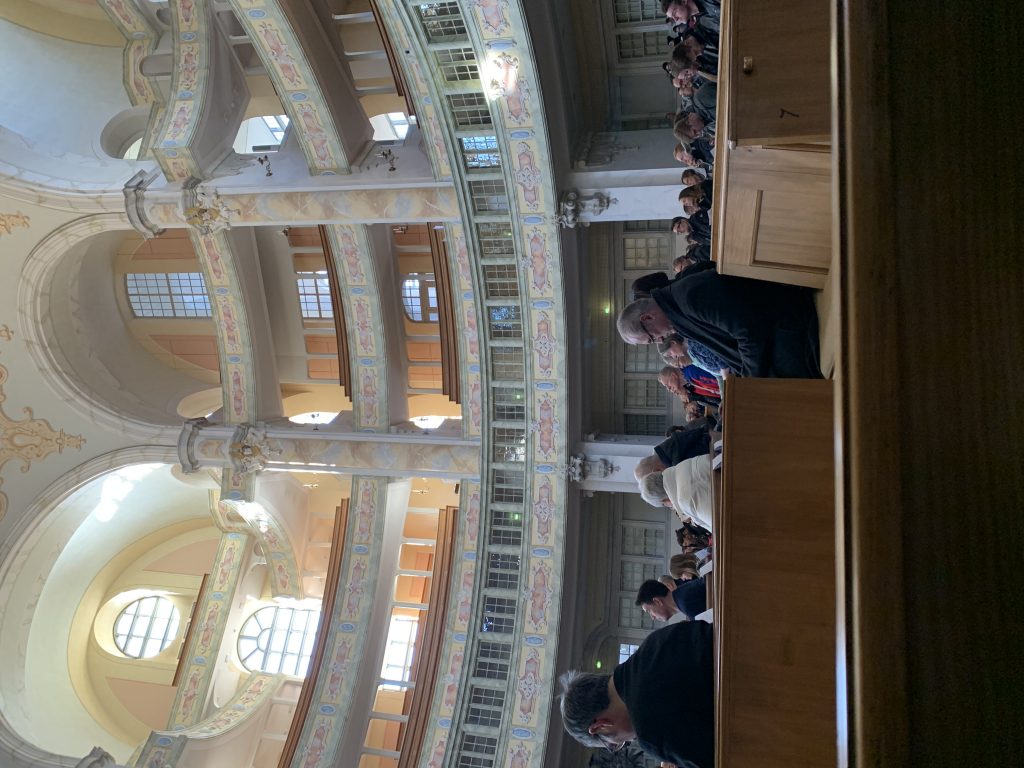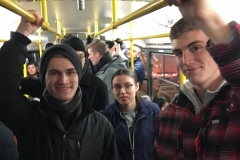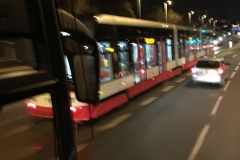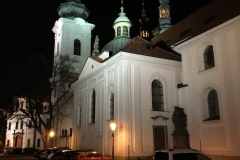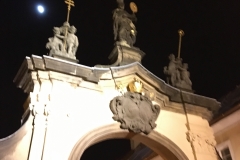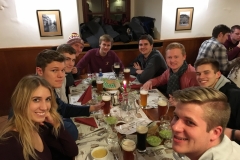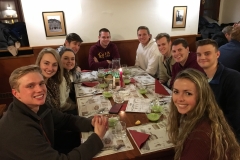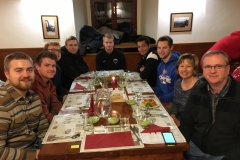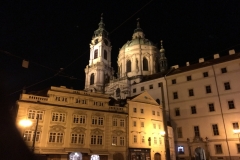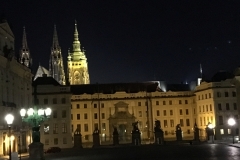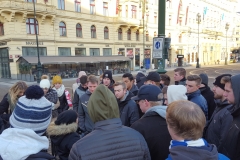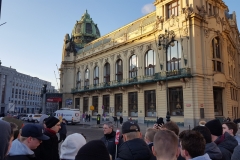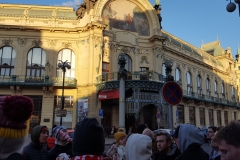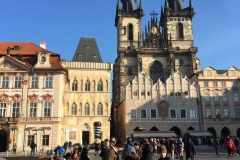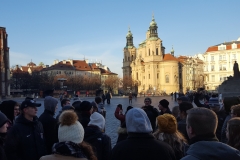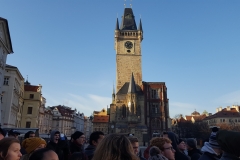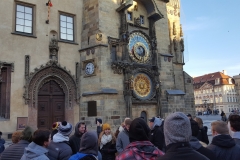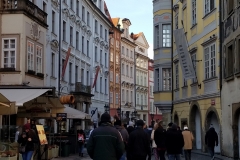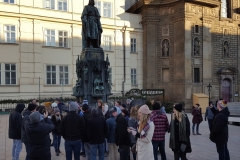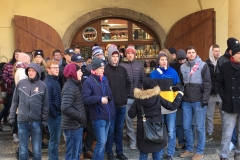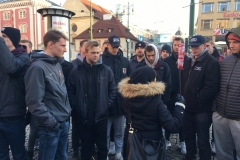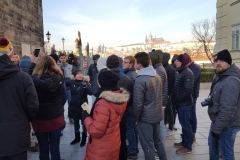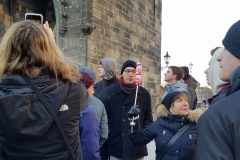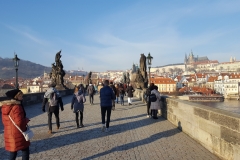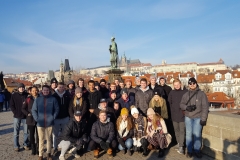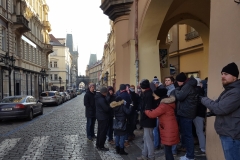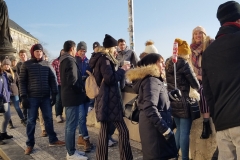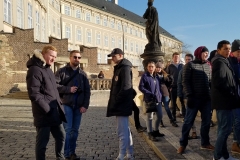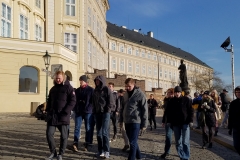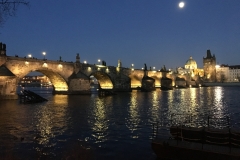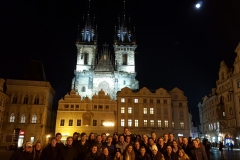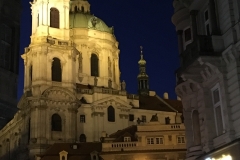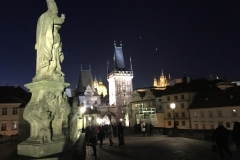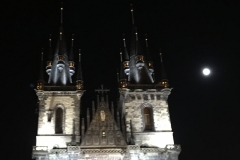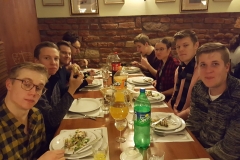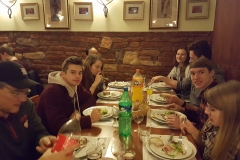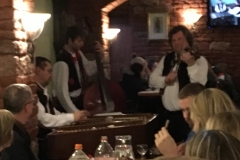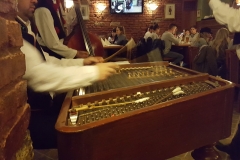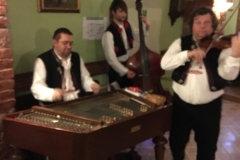Recently at a local bar, I had the opportunity to have a conversation with a local Germany bartender. He was probably in his early twenties, similar age to most of us on the trip. Our conversation started when I walked through the door with a couple friends and he somehow immediately knew to speak to us in English rather than German. He knew right when we walked in the door that we were Americans and this was very interesting to me. So after ordering a drink and sitting down, I decided to go back up and talk to him about some of the differences between European, specifically German, and American culture.
I asked him first, “how did you know we were Americans right when we walked in?” He said he knew we were Americans because of the way we greeted him. The bartender said Americans always greet the employees and are very excited and happy about everything and ask questions, whereas Europeans usually just come and find a seat and don’t make much conversation. This was news to me because I thought how I acted was a normal thing across the world, but learning it was only an American way of going places was eye opening.
Next, I asked if there were any other social triggers that made you know “oh yeah, they’re American”? The bartender then said the other main factors was how loud and kind of uncaring towards other people we were. He said not in a bad way, but it’s just different from how Europeans enter places and greet people. I have noticed this too throughout the trip as, especially in Germany, that many of the local citizens talk and walk much quieter. Even those in large groups don’t make nearly as much noise as us Americans. This was also very strange to me and made me think how I never really think about how loud I am being and if my loudness is impacting others and their days.
I really enjoyed my conversation with this bartender because he was super nice and was actually interested in the conversation as well. Learning more about these differences has helped me try and fit in more with the European style and not seem like an average US tourist. I am trying to view this trip from a pilgrims perspective, not a tourists perspective.


